Welcome to the Future: Tata Motors' Disposable 1-Lakh Car

Carburetors, fuel injection, headlights, satellite radios, ECU, ABS, air conditioning, drive-by-wire— today’s automotive technologies are variations on well-established themes. If “Crazy Henry” Ford resurrected, he’d have little problem driving– or understanding– a modern car. While automakers continue to tweak automotive systems for greater ergonomics, power, fuel economy and reliability; the improvements are evolutionary, not revolutionary. Even alternative powerplants aren’t game changers. But something else is…
To understand the next great leap, consider the camera. Never mind the changeover from film to digital image capture. Clock the fact that the device has morphed from a delicate piece of specialized equipment used by highly-trained professionals to an $8.99 mass market item sold at Walgreen’s. More importantly, drill down to the salient detail: a huge percentage of all cameras sold (even digital) are now disposable.
The car is about to repeat the exact same pattern. The era of the mass market disposable car is nigh. Let’s check the trend…
In 1909, Ford’s entry-level Model T cost $850. In 2008, the Ford Focus’ base price is $13,715. Priced in 1909 dollars, Ford’s entry-level U.S. model would cost $633. That’s a net savings of $217 in 1909 dollars compared to the Model T, or about 26 percent. And that’s without considering the vast improvements in safety, comfort, reliability, performance, etc.
According to the US DOT, there were 87m licensed drivers in 1960. Factoring 74m cars registered, we get a ratio of drivers to cars of 1.17:1. In 2003, 196m drivers owned 231m vehicles, giving a ratio of 0.83:1. As cars became cheaper, through cuts in technology cost or even through financing and leasing schemes, one-car families became two-car families. Two-car families bought a car for every person, parent or child. Then, dad bought a week-end whip.
The innovation that arrived on the scene as a toy for the elite is firmly established as an “appliance” for the majority (while the elite have moved on to personal jets). While cars still have a ways to go before full commoditization, there’s no question they’re heading in that direction.
Well, if there WAS any doubt, India’s Tata Motors is about to eliminate it. Today’s the day the Indian automaker officially unveils their highly-anticipated “1-lakh car.” The name tells the tale; one lakh equals 100k rupees or roughly $2500. The 1-lakh car will be the world’s cheapest new car, and it’s a short trip from there to the truly disposable car.
How much of a car’s overall expense is due to its mechanical longevity? Remove that requirement and you’re suddenly free to substitute mass produced plastic, wood and other materials for the more expensive metal bits, from engine parts to the body panels. Combine this freedom with the “stripper” mentality (how many disposable cameras have a zoom function?), and your costs, and thus price, sink.
When we get a good look at the 1-lakh car, we’ll see just how much performance, safety and pollution control Tata could provide for $2500. But you can bet the car is not built for the long haul— because price is all. Ironically, even without fundamentally robust mechanicals, the 1-lakh car will probably “last” (i.e. remain in operation) a lot longer than western machines; by necessity, developing countries are endlessly innovative at repairing and recycling consumer goods. But the pattern of commoditization and [relatively] rapid disposability will be set.
Tata Motors anticipates that they’ll sell up to a million 1-lakhs per year. Going by America’s early automotive experience, it’s a highly conservative estimate. Once India’s enormous rural population has access to a fully functioning automobile, it will unleash an economic expansion the world hasn’t seen since, well, America’s early automotive history. And the more prosperous India’s population becomes the more Tata Motors 1-lakh cars they’ll buy.
And just as Henry Ford’s Model T (and its production process) spawned a hundred imitators, competitors for Tata Motors’ 1-lakh car will spring-up throughout the world’s largest democracy. Ford, Suzuki and all the other automakers operating in the Indian subcontinent are already rushing ever-cheaper small cars to market. It’s only a matter of time before the trend spreads to Africa and other so-called developing nations.
There’s only one thing standing in the way of the automobile’s commoditization: government intervention. It scarcely seems credible that a government could oppose its citizens increased mobility and, thus, prosperity, but, for numerous reasons, the Powers That Be have demonized the automobile. Western European thinkers and their like-minded foreign intellectuals see the disposable car as a global apocalypse.
The truth is that it’s too late to stop the rise of the disposable car. The personal advantages of affordable personal transportation are too great to be denied. There’s too much money to be made fulfilling this desire. All we can do is make sure the disposable cars are properly recycled, as they should be.

Latest Car Reviews
Read moreLatest Product Reviews
Read moreRecent Comments
- Zipper69 " including numerous examples of the Cybertruck"I could only see four in the lead photo, but they are kinda anonymous from above...
- FreedMike These were great cars, but I don't think they're particularly novel or collectible. You can get a newer beater for that money that'd be easier to keep fixed.Good to see these soldiering on, though.
- Funky D The only piece of technology introduced in the last 10 years that is actually useful is the backup camera. Get rid of the rest. All I want is a car with that and phone connectivity and zero driving nannies.
- TheMrFreeze As somebody who's worked in IT for my entire career, I don't want any computer automatically doing something of this nature on my behalf. Automatically turning on my headlights? Sure (and why hasn't THAT been mandated yet). Automatically braking, or steering, or actually driving my car for me? Not an effing chance...I've seen computers do too much weird stuff for no reason to trust my life to one.
- Daniel J Our CX-5 has hit its automatic brakes a few times at in very unnecessary situations. My 2018 doesn't have it, but it will shake and throw a warning if it thinks you should brake. Only once was it needed. The dozen or so times it has gone off I was already on the brakes or traffic was in a pattern that just fooled it.
















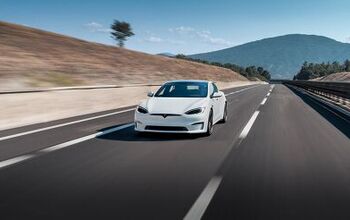
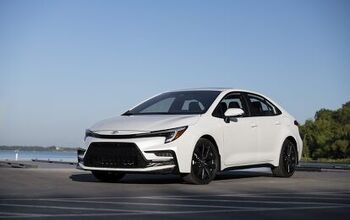
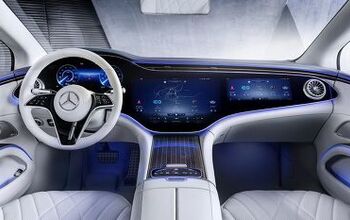
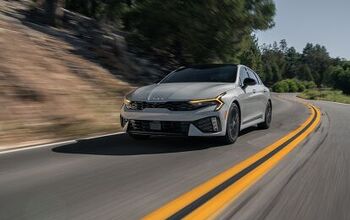

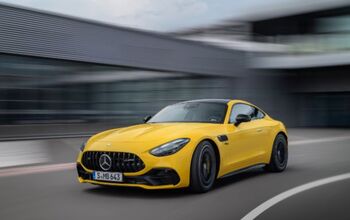

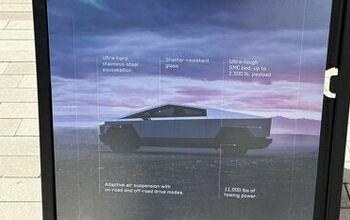


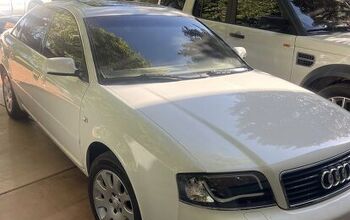
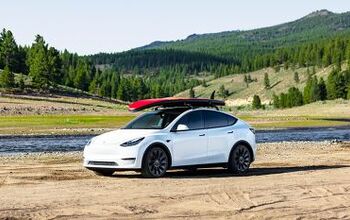
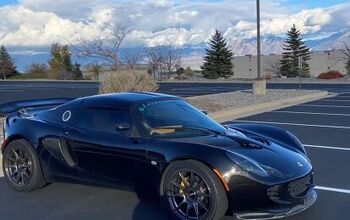




Comments
Join the conversation
People might as well go to their nieghbor goodwill store and pick up a power wheel from the toys section.....if you're luck you'll find a 4x4 jeep.....all these crazy car concepts cars are a joke.
I can't imagine being on the interstate and looking in the rear view mirror only to notice that it was filled with Peterbuilt grille! I tend to think that the passengers will be disposable also. Maybe they will give you one of these if you buy a new Chevy (ala Hugo)??